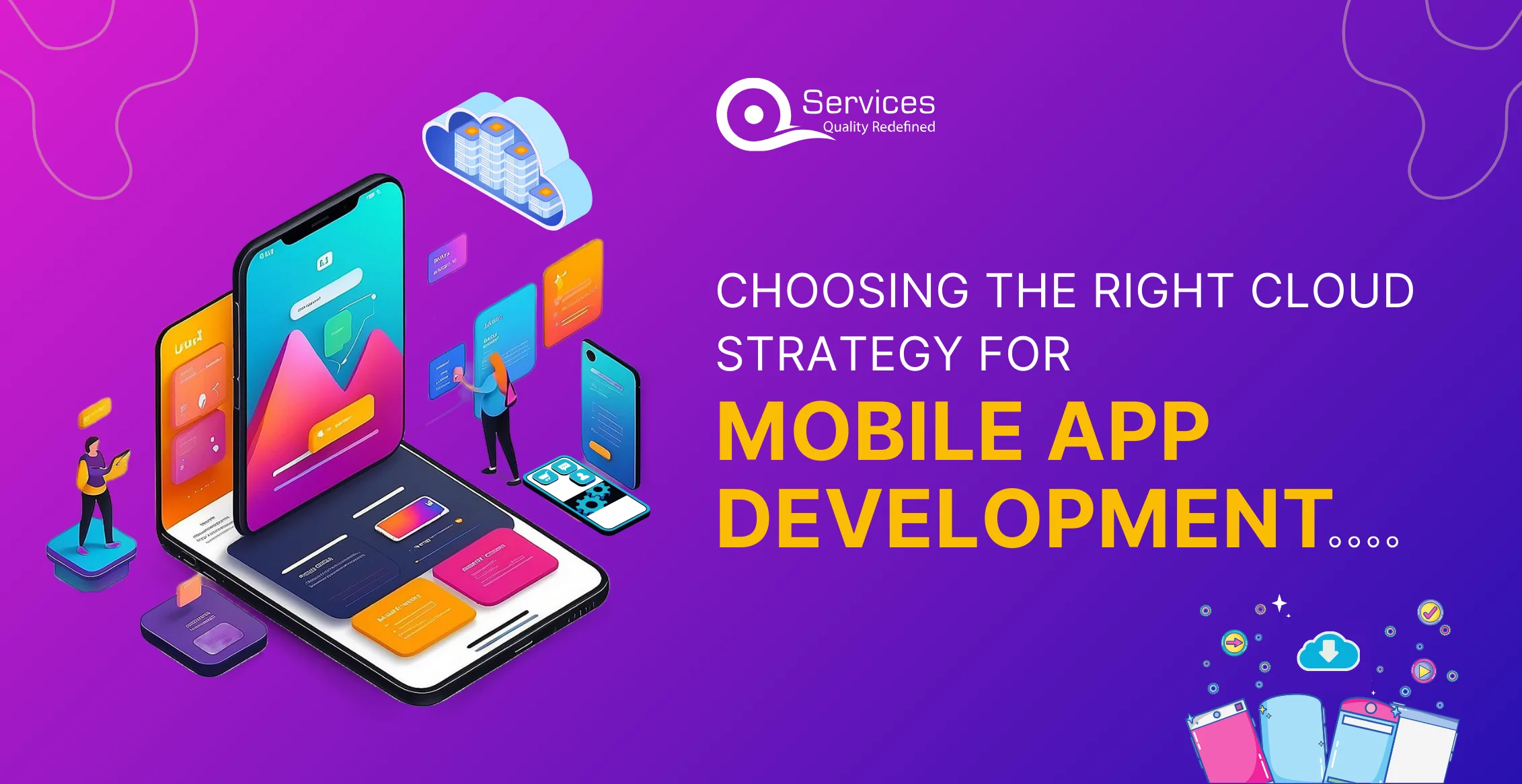
Rewards
.





CANADA
55 Village Center Place, Suite 307 Bldg 4287,
Mississauga ON L4Z 1V9, Canada
Certified Members:
.



Each customer’s unique demands and financial behaviors require banks to deeply understand and tailor their offerings. Traditional segmentation divides customers based on geography, income, and spending habits, but machine learning takes this further by analyzing extensive data to identify patterns and predict behaviors. This enables highly personalized services and products, boosting customer satisfaction and loyalty while optimizing marketing strategies and operational efficiency. Consequently, machine learning customer segmentation offers a significant competitive advantage in the banking industry. In this blog, we will explore the impact of Customer Segmentation in Banks through Machine Learning.

Customer segmentation in banking is a strategic approach that divides a diverse customer base into smaller, more manageable groups based on shared characteristics, which include behavioral patterns such as spending habits and transaction history, financial data like income levels and credit scores, and psychographic factors such as lifestyle choices and personal values. Banks also consider customers’ digital engagement, including their use of online banking services and mobile apps, to gain insight into their level of technological familiarity and proficiency. By analyzing these characteristics through customer segmentation using AI, banks can create detailed profiles that help tailor services and products to meet specific customer needs more effectively.
Get free Consultation and let us know your project idea to turn into an amazing digital product.
Customer segmentation plays a significant role in the banking sector. It enables banks to deliver personalized services, aligning products, communications, and offerings with each segment’s unique needs and behaviors. Moreover, segmentation facilitates the optimization of products and services tailored to suit the diverse financial goals of different customer segments. By understanding individual demands and habits, banks can craft targeted marketing strategies, driving customer engagement and ultimately increasing revenue.
Personalized Services: Banks can provide customized services to increase customer satisfaction and loyalty by using consumer segmentation.
Enhanced Products and Services: Banks can create products and services that cater to certain consumer demands and preferences by using segmentation analysis, which enhances both competitiveness and overall customer experience.
Effective Marketing Strategy: Banks can connect with customers in a more meaningful and relevant way by using segmentation to guide targeted marketing activities, which raises customer engagement and conversion rates.
Increased Revenue: Banks can find chances for cross-selling and up-selling by using segmentation data, which leads to increased revenue creation and profitability.
Customer Acquisition and Retention: By focusing marketing efforts on specific target audiences, segmentation methods help businesses attract new clients while retaining current ones by meeting their demands, which ensures steady growth.
Banks’ approach to client segmentation is being completely transformed by customer segmentation using machine learning (ML) and artificial intelligence (AI), which is resulting in groundbreaking advances in business approaches and operations. Here’s how:
The use of risk scores allows banks to make lending decisions tailored to each borrower’s risk profile, potentially adjusting loan amounts or interest rates accordingly. By identifying risky borrowers, banks can mitigate the likelihood of defaults and minimize potential losses.
To achieve effective customer segmentation, banks can utilize Azure’s robust ML capabilities. The process involves several critical steps:
Historical, transactional, and third-party customer data is ingested from on-premises data sources using Azure Data Factory and stored in Azure Data Lake Storage. This step ensures that all relevant customer data is available for analysis.
Azure Databricks processes and cleans the raw data from Data Lake Storage. The cleaned data is then stored in the silver layer in Azure Data Lake Storage, ensuring high-quality data for analysis.
Azure Databricks loads data from the silver layer and uses PySpark to enrich and prepare the data. Feature engineering is performed to provide a better representation of the data, which can improve the performance of the machine learning algorithm.
The silver tier data is used as the model training dataset. MLflow manages machine learning experiments, tracking all metrics needed to evaluate the experiments. The machine learning model is iteratively retrained using Azure Data Factory pipelines to ensure optimal performance.
An Azure Data Factory pipeline registers the best machine learning model in the Azure Machine Learning Service according to chosen metrics. The model is then deployed using the Azure Kubernetes Service, ensuring that the most accurate and up-to-date model is used in production.
In the serving phase, reporting tools like Power BI and Azure Analysis Services work with model predictions. This ensures that insights gained from customer segmentation are accessible and actionable, turning segmentation results into practical applications that enhance customer experience and strategic decision-making.
This method ensures that customer grouping in banking stays up to date, adjusting to shifts in customer behaviors and preferences. With automated machine learning using Microsoft Azure, banks can confidently manage the changing banking scene, staying ahead of the curve. Azure ML not only helps in sorting customers but also offers a smooth and engaging customer experience.

There are some compelling reasons why banks should use Azure for customer segmentation:
Banks have several strong reasons to use Azure for customer segmentation, with data security being a top priority. Banks handle confidential information, like customer personal data and financial transactions, making it essential to protect this data to maintain customer trust and meet legal requirements. Azure offers strong security measures, including:
These security features help banks protect their data, reduce risks, and maintain the integrity of their operations.
The banking and finance sector must follow strict regulations to protect consumers and ensure financial stability. Azure holds many compliance certifications, including those specific to the banking and finance industries, such as:
These certifications help banks meet their regulatory obligations, ensuring their data management practices comply with industry standards and legal requirements.
In the fast-paced banking industry, the ability to process and analyze data in real-time is crucial. Azure enables banks to perform real-time analytics, allowing them to:
Azure’s automated machine learning service enables banks with advanced AI and machine learning capabilities, significantly enhancing segmentation efforts. These technologies, including Azure automated machine learning, allow banks to:
Azure’s pay-as-you-go model allows banks to optimize their expenditure by paying only for the resources they use. This approach provides several financial benefits:
This flexible pricing model helps banks manage their IT budgets more effectively and invest in other strategic initiatives.
Azure can easily integrate with a bank’s existing systems and infrastructure, including Azure Database Services, minimizing the need for extensive changes. Key integration advantages include:
This integration capability allows banks to leverage Azure’s advanced features while maintaining their established workflows and systems.
Customer segmentation through machine learning is revolutionizing the banking industry by providing deeper insights into customer behaviors, preferences, and needs. This enables banks to offer highly personalized services, enhancing customer satisfaction and loyalty.
Microsoft Azure’s advanced machine learning capabilities, strong data security, regulatory compliance, real-time analytics, and seamless integration make it an ideal platform for implementing these strategies. By using Azure, banks can efficiently manage resources, optimize marketing, and increase revenue.
Incorporating AI and ML in customer segmentation is essential for banks to stay competitive, meet evolving customer demands, and deliver exceptional experiences. For more information on how to streamline classification tasks using Microsoft Azure ML, refer to the blog on Using Microsoft Azure ML Studio Prompt Flow for Streamlining Classification Tasks.

Our Articles are a precise collection of research and work done throughout our projects as well as our expert Foresight for the upcoming Changes in the IT Industry. We are a premier software and mobile application development firm, catering specifically to small and medium-sized businesses (SMBs). As a Microsoft Certified company, we offer a suite of services encompassing Software and Mobile Application Development, Microsoft Azure, Dynamics 365 CRM, and Microsoft PowerAutomate. Our team, comprising 90 skilled professionals, is dedicated to driving digital and app innovation, ensuring our clients receive top-tier, tailor-made solutions that align with their unique business needs.

AI is shaking up logistics and supply chain management like never before. A Marketsand Markets report predicts that the AI in supply chain market will soar from $730 million in 2020 to a whopping $10.1 billion by 2025, with a CAGR of 45.3%. This explosive growth shows just how powerful AI can be in making operations more efficient, cutting costs, and improving decision-making.

According to a Flexera report, a remarkable 94% of enterprises currently utilize at least one public or private cloud service. If your organization hasn’t yet embraced cloud technology, now is the ideal time to consider making the transition. As you embark on this journey,

In today’s fast-moving world, innovation isn’t just a fancy term—it’s crucial for staying ahead. So, how can companies keep up and lead the pack? The answer lies in being agile and efficient, and that’s where Azure DevOps comes in. Azure DevOps, Microsoft’s handy suite of development tools,
Customer segmentation allows banks to deliver personalized services, optimize products and marketing strategies, increase revenue, and improve customer acquisition and retention.
Machine learning algorithms analyze extensive customer data to identify patterns and predict behaviors, enabling banks to create highly personalized customer segments.
Azure’s automated machine learning service streamlines the model training process, enabling banks to quickly develop accurate segmentation models without extensive manual intervention.
Azure offers seamless connectivity, data interoperability, and reduced disruption, allowing banks to integrate Azure with their existing systems and workflows efficiently.
Schedule a Customized Consultation. Shape Your Azure Roadmap with Expert Guidance and Strategies Tailored to Your Business Needs.
.





55 Village Center Place, Suite 307 Bldg 4287,
Mississauga ON L4Z 1V9, Canada
.




Founder and CEO

Chief Sales Officer
